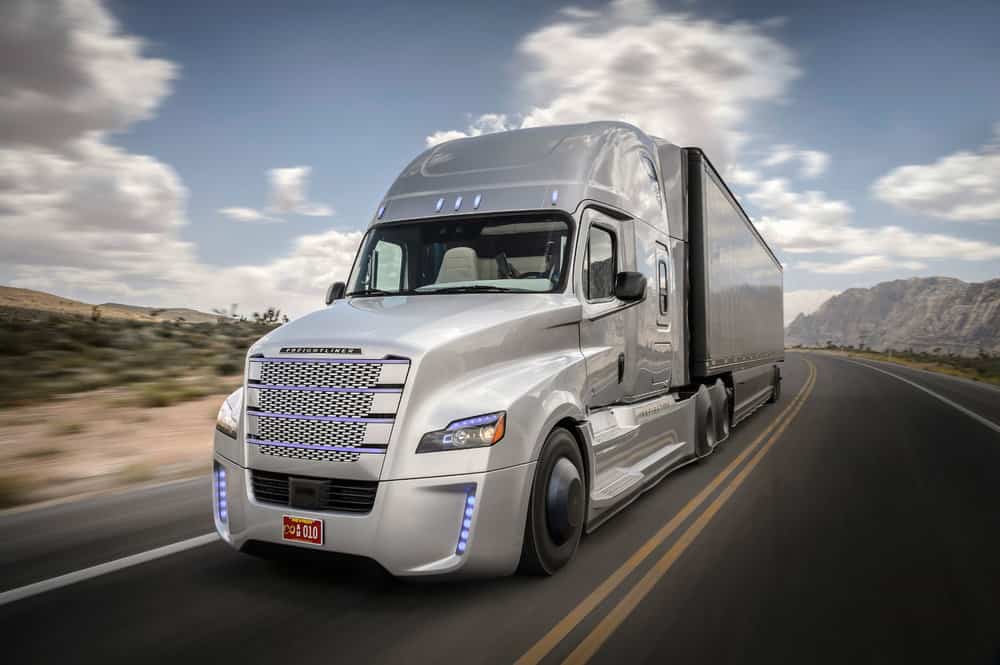
Driverless trucks ship goods around Singapore’s shipping port. Truck manufacturer MAN plans to test truck platooning on the A9 motoway between its respective facilities in Nuremberg and Munich, and Daimler has completed initial testing of its “Future Truck 2025” project on the public highway. This is the future, and now, of autonomous driving, according to Gary Eastwood.
German think-tank Roland Berger agreed with a Daimler guideline of 2025 for autonomous trucks to become the norm. It may seem like years away, but eight years is somewhat short for mainstream adoption when it comes to “disruptive technological breakthroughs.”
Eastwood cited Roland Berger’s research results about road accidents in 2013 that claimed 26,000 fatalities in Europe with four more victims suffering “permanently disabling injuries for every death.” About 90% of these vehicle accidents are attributed to human error, which is what autonomous vehicles is trying to solve.
In the U.S., bills that promote the use of self-driving vehicles have been introduced. The Safety Ensuring Lives Future Deployment and Research in Vehicle Evolution (SELF DRIVE) Act in Congress. Also known as the HR 3388, it received a unanimous bipartisan support.
Primary concerns that this bill hopes to address are traffic-related fatalities in congruence with consumer safety. It also hopes to resolve any conflicts arising between federal laws and state laws regarding self-driving vehicles. On when this bill will be signed into law is still being watched by stakeholders set to benefit from said proactive bill.
Skimming through the contents of HR 3388 led any reader to a common thread in the law – safety. Safety technologies that contribute to automated driving technology, as mentioned by Eastwood, include:
1. Adaptive Cruise Control (ACC). This safety feature addresses one of the most common occurrences in truck-related crashes – rear-end collisions. The research showed how trucks installed with ACC ended up reducing rear-end collisions by as much as 70%.
2. Lane Departure Warning Systems (LDWS). This is the safety feature explicitly stated by the European Commission (EC) to be installed in “all newly-registered trucks” under the automated driving technology effective 2015. This equipment should be alongside ACC.
3. Advanced Emergency Braking Systems (AEBS). This is also mandated by the EC to be installed in all recently-registered trucks under the automated driving technology. But this is effective 2018. Alongside ACC and LDWS, truck-related crashes are expected to dip lower in figures at least in Europe.
No particular technologies are specified in the proposed SELF DRIVE Act. Measures are expected to be adopted to ensure that safety is complementary to the authority exercised by NHTSA.
Stay up-to-date with the latest commentary and insights on FreightTech and the impact to the markets by subscribing.











